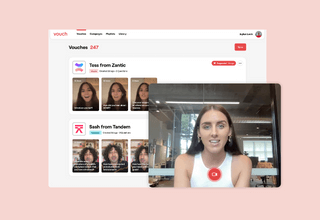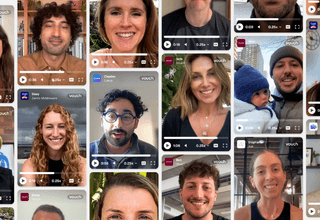In 2026, your organization’s success hinges directly on understanding of your customers and their needs.
When you have a solid grasp on their wants, needs, and preferences, you’re better equipped to impress them at every stage of the customer journey.
That’s where voice of the customer (VoC) research comes in. It’s focused on gaining a deeper understanding of what customers really want so that you can deliver on their expectations.
But here’s where things get tricky: A customer’s desires and their experience with your organization is holistic, but your understanding of those things is probably siloed.
The sales team might have a certain perspective based on demos, sales conversations, and their relationships with leads. The customer success team could have a completely different understanding taken from support interactions. Meanwhile whe marketing team might have a totally separate viewpoint rooted in customer social media engagement.
It’s not that those disparate viewpoints are inaccurate. It’s that they’re incomplete.
Teams get a far more thorough understanding of the voice of the customer when they aren’t operating in separate universes. When they can put all of those pieces together to get inside their customers’ heads and pinpoint what they really need.
How to align sales, marketing, and customer success on the voice of the customer
Aligning your sales, marketing, and customer success teams can be challenging, particularly when everybody is juggling different tasks, tools, and targets.
Here are a few steps to knock down those walls and ensure that the voice of the customer isn’t team-specific and is heard, understood, and agreed upon by the entire organization.
1. Explain the value
For many businesses, identifying and understanding the voice of the customer is a marketing-owned activity. As if marketing is the only team that benefits from a solid grasp on customer’s needs and desires.
However, every team stands to benefit from reliable voice of the customer research and data.
To align sales, marketing, and customer success on the voice of the customer, start by educating them on the value of this information. It’s not a feel-good marketing activity or empty framework. It’s a powerful and always-on research method that can have positive impacts on every team.
Sales teams are armed with more information they can use to refine their sales process best practices, improve sales conversations, increase sales velocity, address objections, and ultimately close more deals.
Customer success teams can gain insider insight into how to better support and retain existing customers, and even transform them into enthusiastic customer advocates. And of course, marketing gets in-depth customer stories and information to effectively draw in more customers.
If you want people to buy into the process, lead with the benefits.
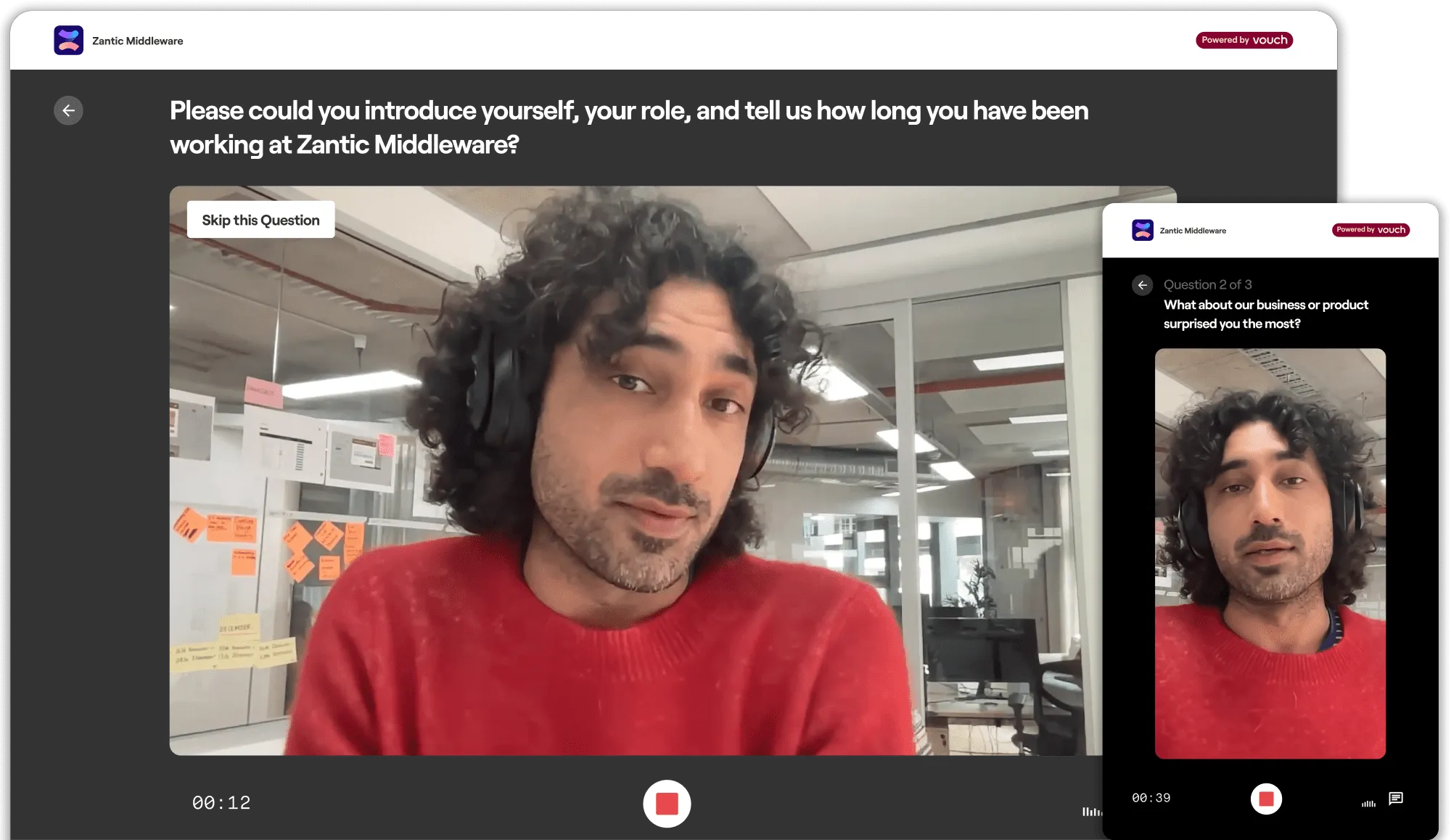
2. Recognize different avenues
When most people hear about voice of the customer research, customer interviews are the first (and maybe even only) thing to spring to mind. But there are so many ways to gather information about customers’ wants, needs, and challenges, including:
- Customer calls
- Asynchronous video interviews
- Customer reviews
- Live chats
- Social media engagement
- Surveys and feedback forms
All of them equip you with insights about the experience, values, and demands of your customers. And you’ll notice that they aren’t owned or managed by a single team.
The sales team drives the calls with prospects and early customers. The customer success team handles the bulk of the customer support chats, calls, and even surveys. The marketing team has their finger on the pulse of reviews, social media responses, and some feedback forms.
All of those play an important role in developing an exhaustive understanding of your customer. Highlighting each of these methods and how they contribute to the whole picture emphasizes how each team is involved in shaping the overall voice of the customer. That increases their sense of connection to each other and the entire process.
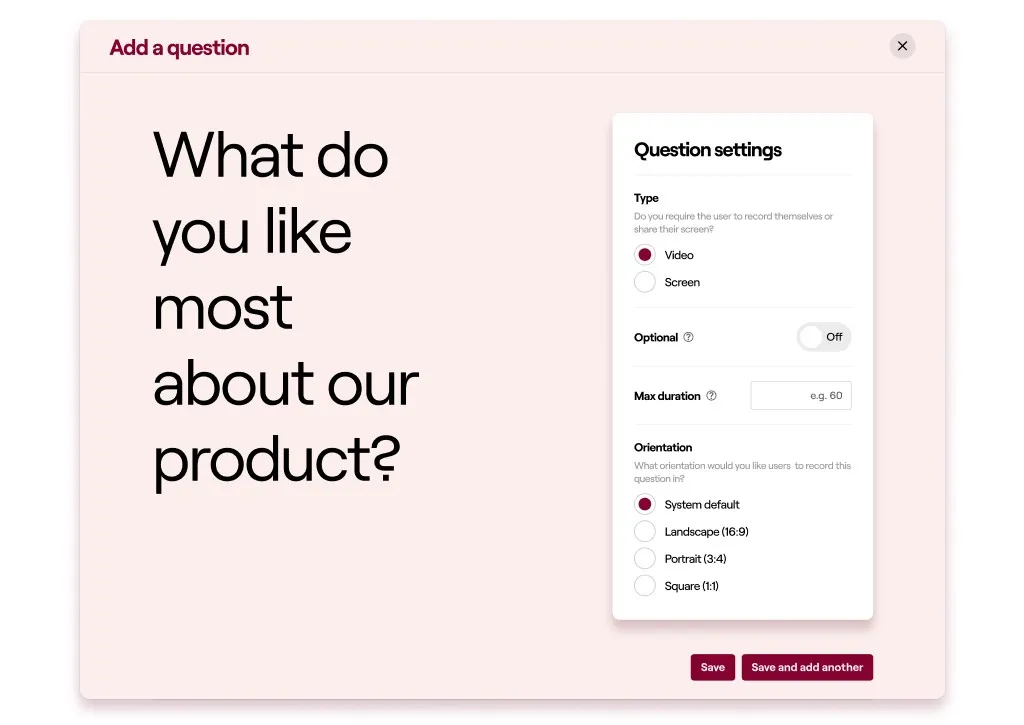
The AI-enabled workspace for talent teams.
- Unified workspace for talent teams
- Accelerate hiring with AI tools
- Auto-generate polished hiring and employer brand content
- Easily repurpose assets across all channel
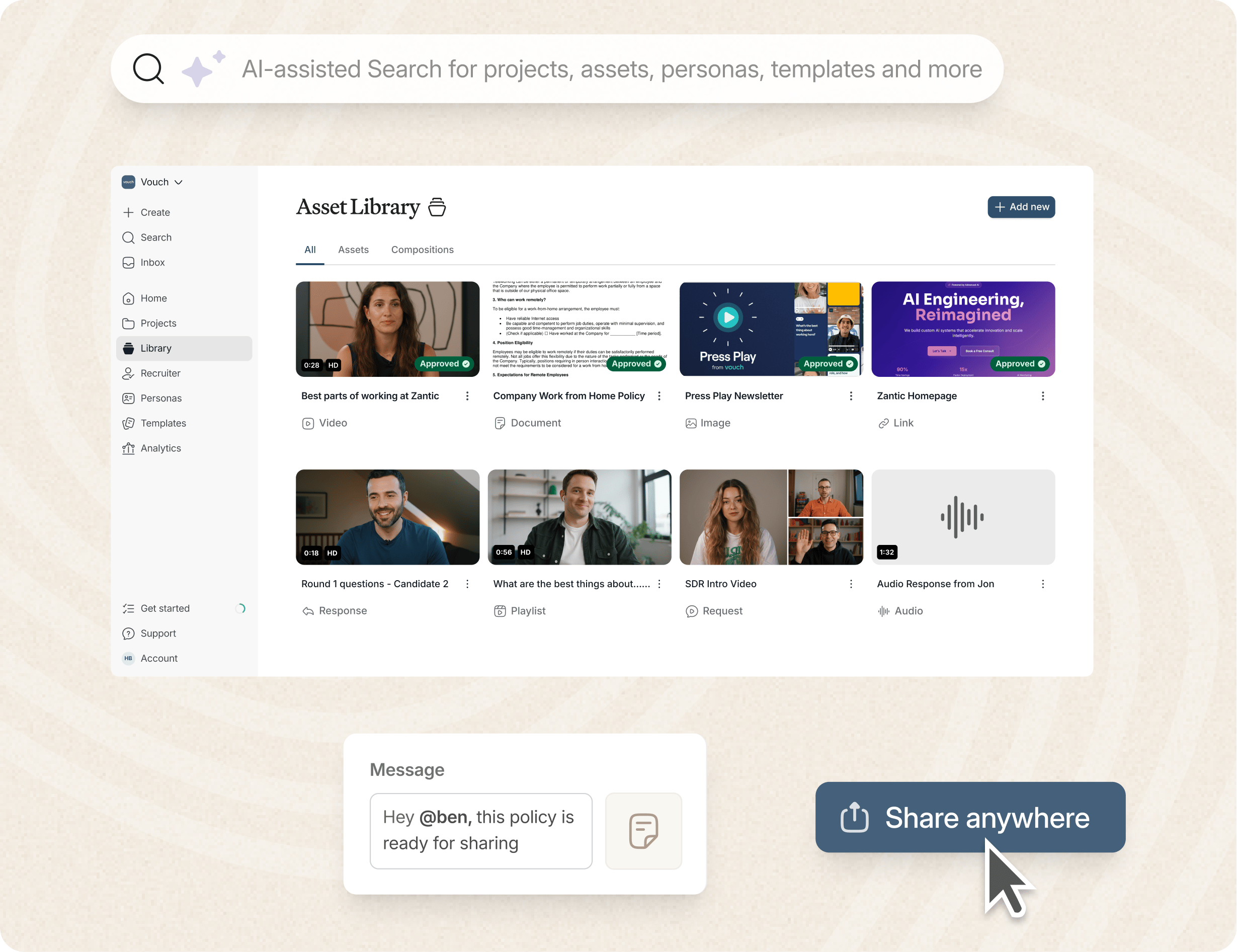
3. Centralize your customer knowledge
Those tips help you create a culture where your sales, marketing, and customer success teams can successfully work in tandem. But now it’s time to get into the nitty-gritty of how to ensure everybody has the same complete understanding of your customers.
There are plenty of ways you can make that happen. Like creating detailed customer personas, scheduling frequent check-ins between teams, and developing guides, trainings, and other customer-focused educational resources.
But there’s another thing that can go a long way in boosting alignment: consolidating your tech stack to create one centralized spot dedicated to understanding your customer.
Of course, different teams will continue to need different tools. Your customer success team needs a ticketing system while your marketing team needs in-depth analytics. However, too often, valuable customer insights end up siloed in those separate and disconnected tools.
A customer support agent might have received an incredible video testimonial that now only lives in their random Chrome extension. A marketing team member might have seen a powerful conversation unfold on social media and now their recap is buried in the marketing team’s Slack channel. A sales team member might’ve had an enlightening conversation with a prospect, but the takeaways were only shared in the sales meeting—and not with the broader organization.
Organizations need a centralized space where teams can record, store, and organize their own customer-related resources, insights, experiences, and lessons, while also making them accessible to anyone else who could benefit from that knowledge.
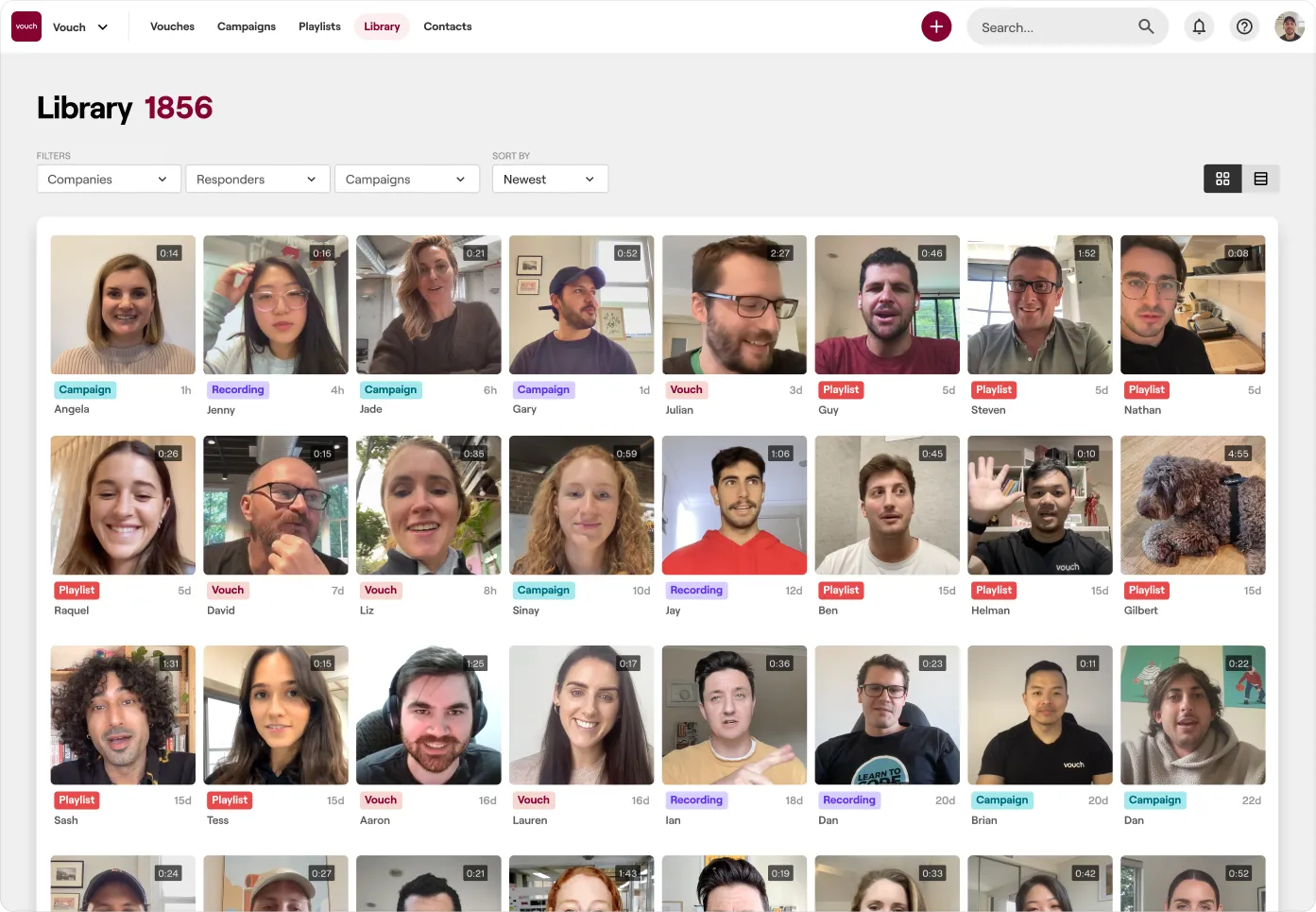
With Vouch, your organization gets one asynchronous video platform. Teams can set up their own spaces to manage their content while simultaneously offering visibility to other teams.
If the customer support team wants to see a recent sales demo, or the sales team wants to see the testimonials and customer stories collected by the marketing team, everything is right there in a centralized and accessible place.
After all, aligning teams is impossible if you don’t all have a single source of truth.
Knowing your customer isn’t a team-specific activity
Building a thorough understanding of your customer is a task that’s typically relegated to the marketing team. But in reality, every single team—and especially ones that are customer-facing—needs to be aligned on exactly what makes your customers tick.
Sure, marketing teams can use that information to improve lead generation. But sales teams can also have more effective sales conversations. Success teams can provide better support and service. Product teams can build a stronger roadmap. Human resources teams can develop more accurate hiring plans. All of that comes back to knowing what your customers want.
Your customer’s perception of your organization isn’t split into different teams or functions, so your organization’s understanding of your customer shouldn’t be either.

For more tips on How to Capture the Voice of your Customer with Video, check out our free guide. There’s advice from Customer Advocacy experts like Ari Hoffman as well as marketing thought leaders like Devin Reed and Katelyn Bourgoin. Plus question and email templates you can steal to get your VoC program up and running sooner.
Like to try Vouch?
Loved by companies like Canva, Nike, Cisco, HubSpot, Amazon and more, tools like Vouch make leveraging video in your business remarkably easy.
Be sure to book a Vouch demo today and chat with a video content expert.
You might also like

Elevate Your Brand Today With Vouch
Discover how Vouch can accelerate talent acquisition while helping you stay on-brand.




